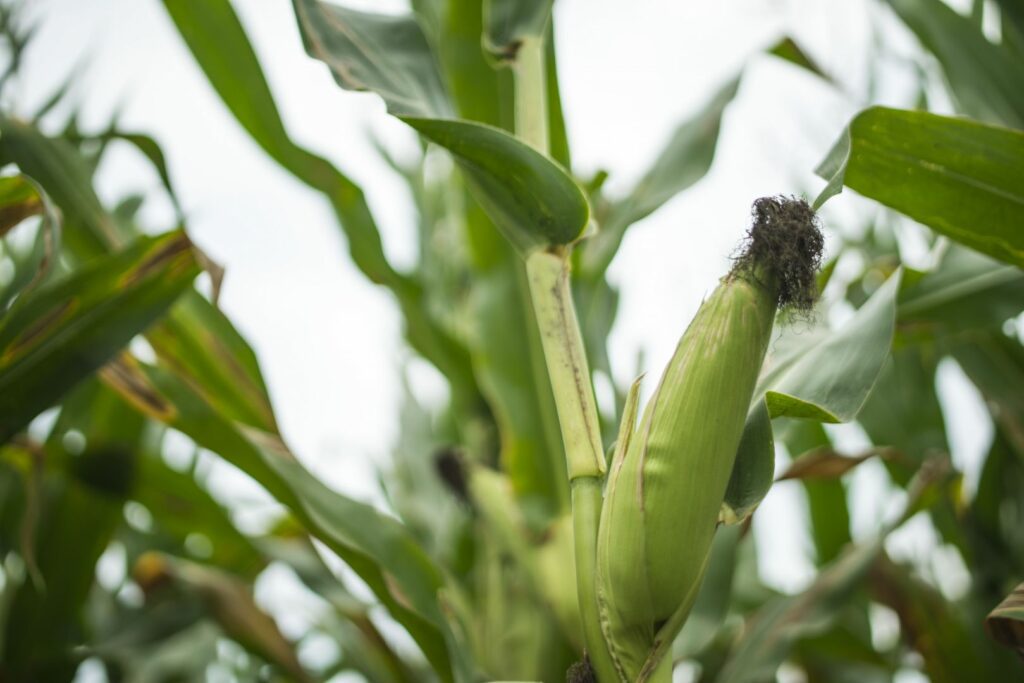What’s profitable?
That’s the question that drives decision-making for Bill Ehrlinger, a southern Wisconsin farmer with 1200 acres of corn and soybeans. He considers the price of purchased inputs not just what he pays today, but also the long-term costs of products and practices, understanding that what he does this year can keep his farmland profitable and productive in the long term.
That’s important to Bill because this farmland has been in his family since his grandparents purchased the home farm over a century ago. Ehrlinger describes the low rolling landscape as varying from “good low ground” to “not so good” hills, and the light soils are a mixture of silt loam to sandy silt loam.
Bill spent time in California and doing some traveling before making the decision to return to Wisconsin and run the family farm in 1974. “There were a lot of lean years in the 70s and 80s,” he recalls of his early years on the farm. Always an out of the box thinker, he came to farming with a willingness to view new ideas with an open mind and try new products– as long as they were good for the bottom line. One of his long time influences during those years was Dick Goff of Midwest Labs and Goff’s philosophy of adding more minerals in the soil and in the right balance.
For example, “I used to plow everything,” he says, but “I stopped plowing in 1982” and went no till five years later. Though he’s primarily a no-till farmer, he can be described as a minimum tillage farmer, utilizing strip till which puts “a large concentration of fertilizer exactly where you want it, with the seed right over the top of it.” His BioAg consultant reminds him that’s the advantage of BioAg fertilizer blends, “balance, concentration, and recovery.” Bill likes to build his zones and get fertilizer on in the fall which is important for timely spring planting with all the acres he farms.
His curiosity about new ideas brought him to Midwestern BioAg in 2010.
Soil testing showed his soils needed minerals across the board and was especially low in calcium and phosphorus. On the advice of his Midwestern BioAg consultant, he applied Bio-Cal® and Rock Phosphate as a fall soil correction on the 700 acres he owns.
With Bio-Cal® and a high potassium sulfate blend fertilizer, his 600 acres of soybeans last year averaged 48/bu to the acre which is “good for the hills I have.” This year hid BioAg consultant convinced him to try dual applying a lower rate of Bio-Cal® with potassium sulfate on his rented ground ahead of his soybeans and found that gave a nice return.
Attending a BioAg Field Day, he decided Midwestern BioAg’s liquid molasses-based L-CBF fertilizer was an intriguing product and “the price was competitive.” He uses L-CBF in furrow and with liquid nitrogen applications. He is experimenting also with foliar passes along with herbicides.
As can happen during the initial rollout of a new product, he encountered a problem that first year with filtering the molasses-based liquid, but he found Midwestern BioAg and QLF quick to respond and find a solution. That impressed him– “They stood behind their product,” he recalls – and with the problem solved and good yields, he’s stayed with it.
“Bill’s hoping to match his best ever yields, which was a 182 average over the whole farm, and topping out at over 200 on his good low ground.”
The corn is still in the field but “looks really good,” says Bill. He used a custom blend his consultant put together: a balanced Midwestern BioAg fertilizer blend with ESN and extra rock phosphate applied through his strip-till bar at 400-500 lbs/acre. Bill’s hoping to match his best ever yields, which was a 182 average over the whole farm, and topping out at over 200 on his good low ground.
A residue management practice he’s found to be effective in his farming system is to broadcast L-CBF with Nitrogen (UAN) and Bio-Cal®, then he runs his Phoenix harrow over it which lays down the residue for better soil contact. Residue management is extremely important for cycling nutrients and soil health and is something he is trying to stay proactive with.
“Every farm is different. Find what works for you,” says Bill. “I’m very happy with BioAg, their service and their willingness to work with me.
BioAg brings to the farm “a better understanding of the nutrient balance in the soil, and an outlook that I agree with.”
But for Bill Ehrlinger the bottom line is always the bottom line. “Everything is price sensitive. You have to make money. It has to turn a profit.”
And BioAg does that for him.
Ready to find success like this? Talk with a knowledgeable BioAg Consultant.

